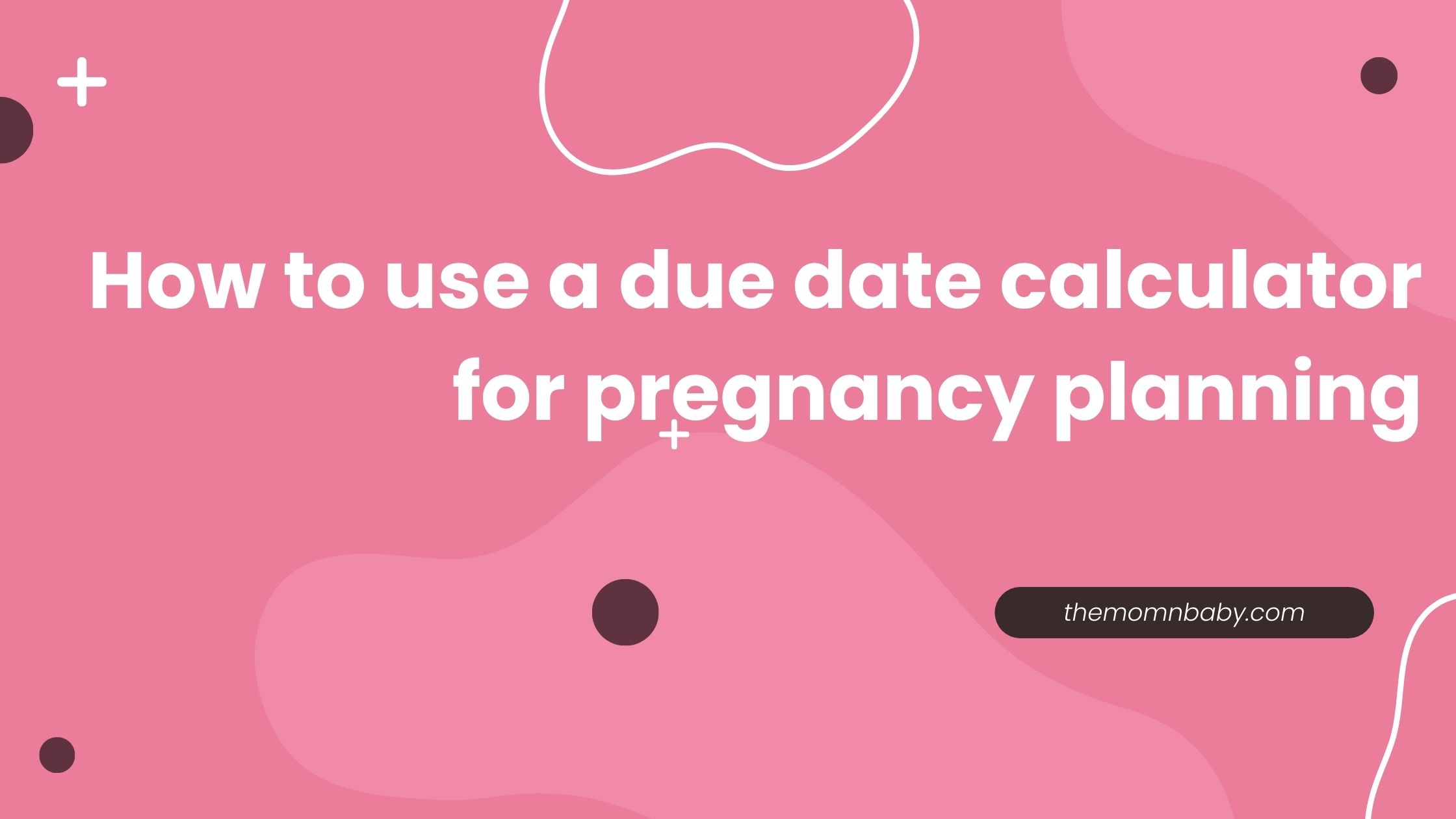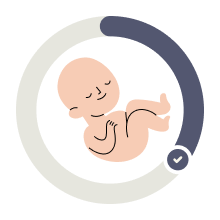Welcome to week 37 of your pregnancy, where your little one is almost ready to make their debut!
In this stage, let’s explore how your baby is developing, familiarize yourself with common signs of labor, and discuss planning your breastfeeding diet.
When approaching the 37th week of pregnancy, numerous expectant mothers often engage in activities such as cupboard organization and floor scrubbing. This delightful occurrence is commonly known as “nesting.” It is believed to be instinctual, as your body senses the imminent arrival of your baby.
As you approach 37 weeks, it’s a great time to honor your growing belly. Even though you may feel uncomfortable and have experienced various challenges throughout your pregnancy, your body has done an incredible job nurturing and safeguarding your developing baby. Therefore, if you wish to celebrate your nearly-full-term pregnancy bump, go ahead and do so.
One day, you might want to share pictures of your pregnancy belly with your child. So, make sure to take more photos of your beautiful bump.
You could also create a belly cast or adorn your belly with henna designs. Some expecting mothers choose to paint their belly with creative artwork or snap a side-by-side photo with their partner comparing belly sizes.
Pregnancy Week 37 Quick Facts
- At 37 weeks, you’re nine months and one week pregnant
- You have 3 weeks until your due time “Calculate Your Due Date”
- This is your third trimester
Your Unborn Baby’s Size at 37 Weeks
How Big is a Baby?
At 37 weeks, your baby is rapidly growing and fine-tuning their development. They are approximately the size of a head of romaine lettuce, weighing around six and a half pounds (2.9 kilograms) and measuring around 19 inches (48 centimeters) in length. Most of their organs are fully developed, and they are preparing for life outside the womb.
Pregnancy Symptoms Week 37
Feeling more Braxton-Hicks Contractions?
As you reach the later stages of pregnancy, you may notice a rise in the intensity and frequency of Braxton-Hicks contractions. These contractions serve as practice for labor and can vary from mild to strong, occurring as often as every 10 to 20 minutes.
Wet panties? pink or red sticky discharge?
Throughout your pregnancy, the cervical mucus forms a protective plug to seal the cervix. However, a few weeks before labor, the cervix undergoes changes that cause the loosening and gradual or sudden loss of this plug. If you observe pink or red spotting along with the plug’s loss, it is known as the “bloody show.” It’s important to note that some individuals may not even notice when they pass the plug.
It’s crucial to understand that losing the mucus plug signifies your body’s preparation for labor but does not necessarily indicate that delivery is imminent. The arrival of your baby could still be hours, days, or even weeks away. If you do experience the loss of your mucus plug, remember to inform your healthcare provider during your next prenatal appointment. Rest assured that this occurrence does not increase the risk of infection for your baby.
Check list at 37 week
Understand that your newborn baby actually needs very few essentials upon arrival. To ensure a smooth transition, make sure you have the following items: a car seat, a safe sleeping arrangement, an ample supply of diapers and wipes, about a week’s worth of clean onesies, and an infant hat. These items cover the basics and are essential for your baby’s well-being.
If you have decided not to breastfeed, it’s important to include bottles and formula on your list of necessary items. This way, you’ll be prepared to meet your baby’s feeding needs. If there’s anything else you feel you might need once your new baby arrives, you can rely on your partner or baby visitors to assist you in obtaining those items.
Prenatal Tests and Doctor’s Appointments
By now, you’re likely familiar with the routine of prenatal visits. Here’s what you can anticipate during your upcoming appointment:
- Weigh-in: Step on the scale to track your weight gain during pregnancy.
- Blood pressure measurement: Your healthcare provider will check your blood pressure to monitor your overall health.
- Urine sample: Provide a urine sample to assess any potential issues or infections.
- Body examination for swelling: Your provider will examine your body for any signs of swelling, which can be an indication of certain conditions.
- Fundal height measurement: Your healthcare provider will measure the height of your uterus (fundus) to ensure your baby is growing properly.
- Listening to the baby’s heartbeat: You’ll have the opportunity to listen to your baby’s reassuring heartbeat, bringing joy and reassurance.
- Belly examination for baby’s position: Your provider will feel the outside of your belly to determine the position of the baby.
- Discussing symptoms: Take the time to discuss any symptoms or discomfort you may be experiencing.
- Cervical examination: Your healthcare provider may perform a cervical examination to check for any signs of impending labor, such as cervical dilation or effacement.
- Q&A time: Use this appointment as an opportunity to ask any questions you may have. Your provider is there to provide answers and guidance.
Additionally, here are some questions you can ask your healthcare provider during the visit:
- If a Cesarean section becomes necessary, what are the indications and potential risks?
- What can I expect during and after a planned or unplanned C-section?
- How can I prepare for a possible C-section, both physically and mentally?
- Are there any steps I can take to reduce the likelihood of needing a C-section?
- What is the hospital’s C-section rate, and what are their policies regarding birth plans?
Remember, open communication with your healthcare provider is essential for understanding your options and feeling prepared for various scenarios.
Special Considerations
Signs of Labor
As you approach your due date, it’s essential to be aware of common signs that labor may be near. These signs include increased Braxton-Hicks contractions, which may become more intense and frequent. You may also experience the loss of your mucus plug, a gradual or sudden release of the protective seal in your cervix. Additionally, be on the lookout for other signs like lower back pain, pelvic pressure, and a nesting instinct.
Planning Your Breastfeeding Diet
As you prepare for the arrival of your baby, it’s helpful to start planning a nutritious diet to support breastfeeding. Emphasize the intake of a diverse range of nutrient-dense foods, including fruits, vegetables, whole grains, lean proteins, and healthy fats. Stay hydrated by drinking plenty of water and consider discussing any specific dietary concerns with your healthcare provider or a lactation consultant.
Remember, every pregnancy and birth experience is unique. If you have any questions or concerns, don’t hesitate to reach out to your healthcare provider for guidance and support. Enjoy this exciting stage as you eagerly await the arrival of your little one!
Developmental Milestones
Baby is acquiring some impressive new abilities such as inhaling, exhaling, sucking, gripping, and blinking. However, in less endearing news, they are also preparing their first sticky bowel movement, known as meconium, which will necessitate a diaper change.
Sucking and Swallowing
In preparation for feeding after birth, your baby has been practicing their sucking and swallowing skills for several weeks. The coordination between these actions is typically fully developed by 36 to 38 weeks.
Weight Gain
Your baby is still in the process of gaining weight, and this increase in fat is contributing to smoother skin. The accumulation of fat serves as insulation, helping to keep your baby warm once they are born.
Early Term
Human pregnancy typically lasts for about 40 weeks. In the past, a pregnancy was considered “term” between 37 to 42 weeks. However, in 2012, experts broadened and revised this definition. As a result, deliveries at 37 weeks are now classified as “early term” since a baby’s brain, lungs, and liver continue to develop during this time.





